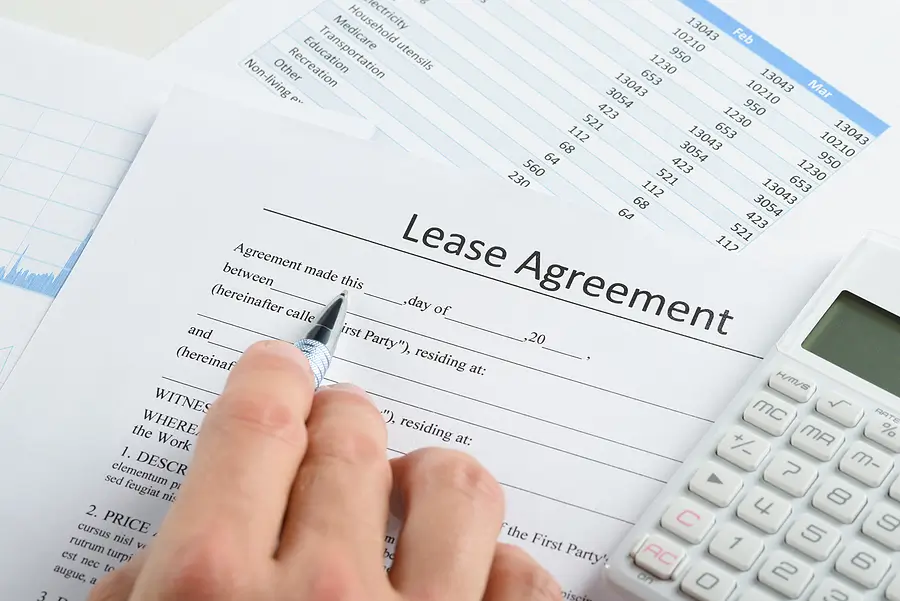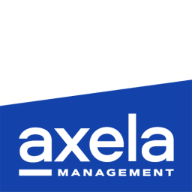Leasing a rental property might sound simple on paper, but experienced landlords know better. Behind every successful leasing experience is a well-drafted lease agreement, thoughtful tenant screening, and a clear understanding of responsibilities for both the landlord and the tenant.
At Axela Management, we’ve worked with countless property owners to turn potential headaches into smooth, profitable rental operations. In this comprehensive guide, we’ll walk you through rock-solid leasing guidelines to follow for your rental to help you reduce risk, prevent disputes, and improve your bottom line.
The Foundation: A Well-Written Lease Agreement
A lease agreement is more than just a piece of paper—it’s a legally binding contract that outlines the rights, duties, and expectations of all parties involved. Whether you’re managing one rental unit or an entire portfolio of residential properties, your lease or rental agreement should be a written document that ensures compliance with local laws and avoids misunderstandings.
What Should Be in Your Lease?
Your lease should clearly state the rent amount, due date, lease term, and penalties for late payments. Be specific about security deposit information, including how much is required, what it covers (e.g., damages beyond normal wear and tear), and the return timeline. Additionally, outline utility payments, pet policies, maintenance responsibilities, and property access guidelines.
Include essential lease clauses such as:
- Termination Clause: Specifies how much notice is required to end the lease.
- Renewal Terms: Whether the lease will automatically renew or require a new agreement.
- Subletting Rules: If and how a tenant may sublease the unit.
- Early Termination Penalties: What happens if a tenant breaks the lease before the expiration date?
A well-drafted lease agreement sets clear expectations, protects your legal position, and prevents potential disputes.
Screening Potential Tenants: A Critical First Step
Before a lease is signed, perform background and credit checks on all prospective tenants. This helps assess financial stability and flag any red flags, such as a history of unpaid rent, evictions, or illegal activity. A solid screening process minimizes the risk of rent defaults, property damage, or conflict with other tenants.
Your application process should include:
- Employment and income verification
- Rental history with references from past landlords
- A clear explanation of tenant obligations, including their financial responsibilities
By conducting thorough background checks, you can identify reliable renters and set the tone for a respectful, cooperative landlord-tenant relationship.
Payment Terms and Security Deposits
Let’s talk money. Lease agreements should specify acceptable payment methods (e.g., cash, check, online transfer), the monthly rent amount, and the grace period before late fees kick in. Make it clear what happens if a tenant fails to pay rent on time.
Also, lease agreements should clarify:
- Security Deposit: The amount, use cases (e.g., damage repair, unpaid rent), and when/how it will be returned.
- First and Last Month’s Rent: Some property owners collect both upfront for added protection.
- Other Charges: Pet deposits, key deposits, connection fees, and any additional fees.
Providing clarity on these provisions reduces confusion, sets clear financial obligations, and protects both you and your tenant.
Clear Responsibilities: Who Does What?
A successful tenancy depends on both parties understanding their roles. That’s why your lease should outline the tenant’s responsibility to maintain a clean living space, avoid excessive noise, report necessary repairs promptly, and comply with building rules.
Likewise, as the property owner or property manager, your obligations include:
- Making necessary repairs
- Performing regular inspections
- Ensuring the property remains safe and habitable
- Responding to maintenance requests quickly
This clarity builds trust and helps prevent disputes arising from unmet expectations.
Lease Termination and Renewal
At some point, every lease term ends. A clear termination clause protects both the landlord and the tenant. Whether you’re offering a fixed-term lease or a month-to-month rental, be upfront about how much notice is required and what happens when the lease ends.
Also, decide if your lease will:
- Automatically renew
- Require a new agreement
- Include any early termination options
The more clarity you provide, the fewer surprises down the line.
Property Access and Inspections
One of the most overlooked yet vital areas in lease agreements is property access. While it’s the landlord’s right to inspect or enter the rental unit, tenants have a right to privacy. Your lease should specify:
- When and how the landlord may enter the premises
- Advance notice requirements
- Emergency access protocols
Setting clear boundaries protects tenant rights while giving you the access you need to manage your property responsibly.
Special Considerations for a Rock-Solid Lease
Every lease should reflect the unique needs of your property and tenants. Consider clauses around:
- Occupants: Specify the number of people allowed to live in the unit.
- Pets: Include restrictions or deposits related to pets.
- Noise and Disturbance: Define what constitutes a violation.
- Parking Privileges: Include permits, fees, or space allocations.
These details prevent misunderstandings and ensure a smoother rental experience.
Navigating the Legal Landscape
Staying up to date on local laws is essential. State regulations often dictate how long you have to return a security deposit, how much you can charge for late fees, and how the eviction process must be handled. Ignoring these laws can result in fines or legal action.
Consulting with legal professionals or hiring a knowledgeable property manager can save you time and legal headaches. It’s especially important to understand:
- What constitutes lease violations
- How to handle non-payment or damage
- How to enforce lease clauses legally and respectfully
When Things Go Wrong: Handling Violations and Disputes
Even with a solid lease, issues can arise. Be prepared to act, whether it's late payments, noise complaints, or damage beyond normal wear and tear.
Follow a fair but firm process:
- Document the Issue: Keep written records and proof.
- Inform Tenants in Writing: Give them a chance to correct the behavior.
- Take Legal Action if Necessary: This may include pursuing eviction, recovering unpaid rent, or terminating the lease.
Having a written agreement with clear rules gives you the foundation to resolve issues legally and efficiently.
Let’s Help You Lease Smarter, Not Harder
At Axela Management, we understand that successful leasing starts with preparation and smart strategy. From helping you draft a comprehensive lease agreement to screening potential renters and handling maintenance requests, our team supports property owners at every stage of the leasing journey.
If you're ready to take your rental property to the next level—or just want to avoid the common pitfalls that trip up most landlords—we're here to help. Explore our full range of property management services or reach out directly via our Contact Us page.
Let’s build better rentals, together.


